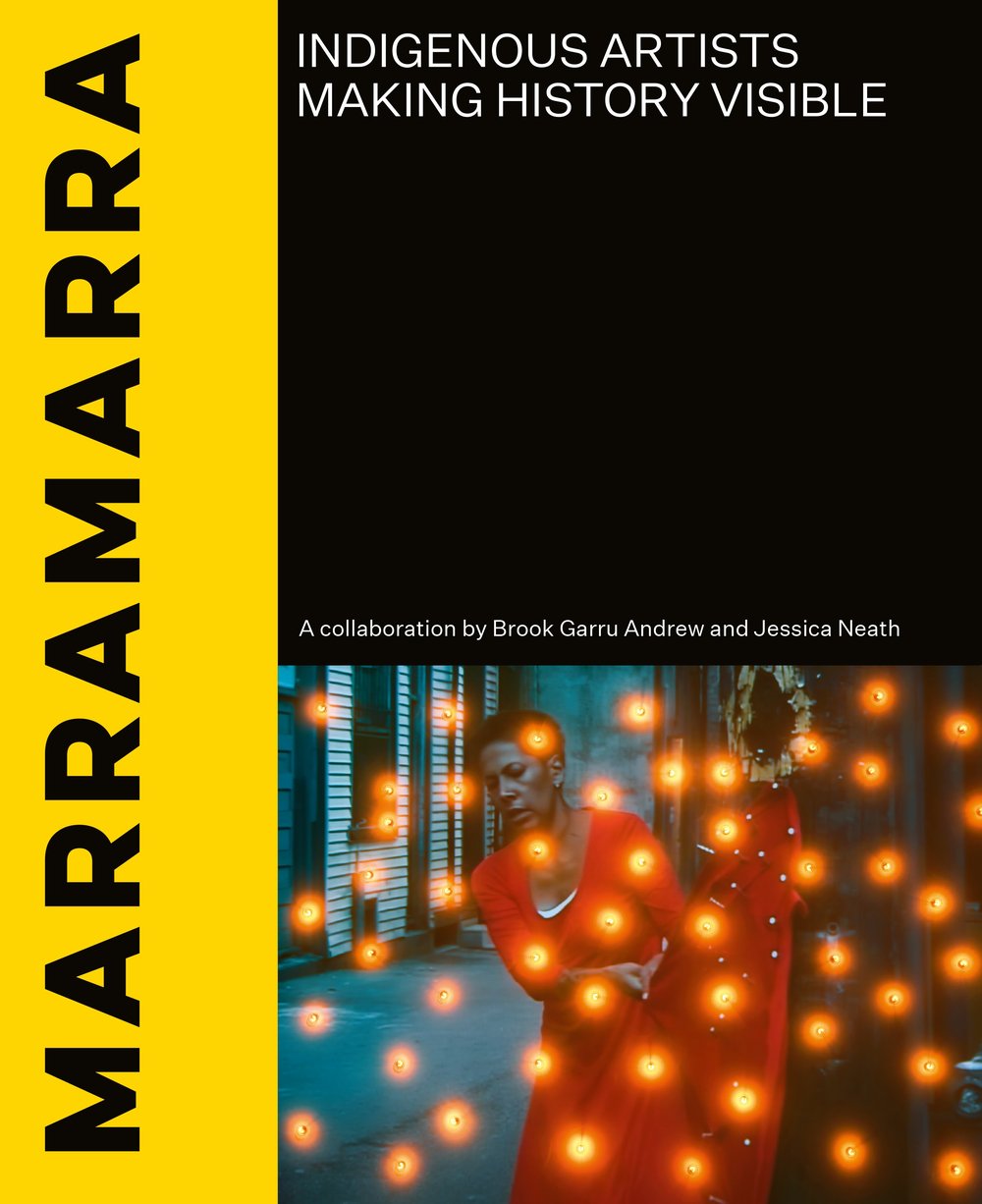marramarra
Indigenous artists making history visible

Indigenous artists from across the planet provide truth-telling about the past and inspiration to imagine better futures.
marramarra (a Wiradjuri word meaning to create, make or do) explores how contemporary Indigenous artists and their communities are revealing hidden histories and finding pathways to healing.
marramarra shares conversations with leading contemporary artists, including Tuppy Ngintja Goodwin (Pitjantjatjara, Arrernte, Australia), Judy Watson (Waanyi, Australia), Rebecca Belmore (Anishinaabe, Canada), Nicholas Galanin (Tlingit and Unangax̂, Alaska) and Pauliina Feodoroff (Skolt Sámi, Finland). Indigenous Elders and knowledge holders also provide insights about important community projects, places of memory and history lessons about colonisation.
Led by Indigenous voices and presenting ground-breaking artworks from the Pacific, Turtle Island (North and Central America), Brazil, Finland, Taiwan, Afghanistan and beyond, marramarra provides new ways to think about the past and imagine a planet that is bright for Indigenous futures – a place that is better for all.
'Groundbreaking, trailblazing, revolutionary.' – The Australian Women's Weekly
'This is art as activism that seeks to open the eyes and hearts of its audience to the vibrancy and wisdom of Indigenous culture, the wrongs of the past and the holistic worldview of these diverse peoples.' – Sydney Morning Herald/The Age

Considered one of Australia’s most important artists and a leading international voice in advocating for Indigenous ways of knowing through contemporary creative practice, Dr Brook Garru Andrew’s practice is grounded in his perspective as a Wiradjuri and Ngunnawal person. Brook is Enterprise Professor in Interdisciplinary Practice and Director, Reimagining Museums and Collections at the University of Melbourne and Curator (First Peoples) at Guggenheim Abu Dhabi.
Dr Jessica Neath is a non-Indigenous Australian art historian of settler descent living and working on Boonwurrung Country in Melbourne. She is a Research Fellow in the Wominjeka Djeembana Indigenous research lab at Monash University.
